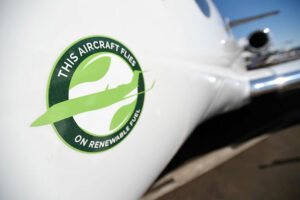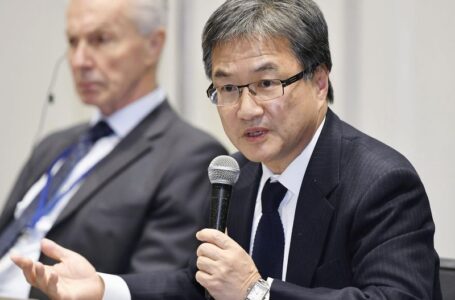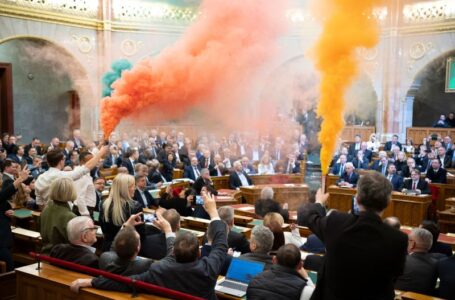‘Green’ aircraft fuel prices likely to remain elevated


THE price of sustainable aviation fuel (SAF) will remain elevated in the coming years as production remains limited, the Department of Energy (DoE) said.
“SAF output is very tight. The aspiration of IATA (International Air Transport Association) is to increase the production to eventually reach net zero,” Rino E. Abad, director of the Oil Industry Management Bureau at the DoE, told BusinessWorld by phone.
According to a recent IATA report, SAF production next year is expected to triple to 1.88 billion liters or 0.53% of aviation fuel demand. Production was 600 million liters in 2023 and 300 million liters in 2022.
“The doubling of SAF production in 2023 was encouraging as is the expected tripling of production expected in 2024,” William M. Walsh, IATA director general of the IATA, said in a statement.
SAF accounted for 3% of all renewable fuel production, with 97% going to other industries, IATA said, adding that this resulted in limited SAF supply while also pushing prices higher.
IATA said SAF output is weighed down by much renewable fuel production capacity being allocated to other fuels.
It said aviation needs at least 25% of renewable fuel production for SAF, which is the level deemed needed to reach net zero carbon emissions in aviation by 2050.
“Until such levels are reached, we will continue missing huge opportunities to advance aviation’s decarbonization. It is government policy that will make the difference. Governments must prioritize policies to incentivize the scaling-up of SAF production and to diversify feedstocks with those available locally,” Mr. Walsh said.
“Governments want aviation to be net zero by 2050. Having set an interim target in the CAAF (Conference on Aviation Alternative Fuels) process they now need to deliver policy measures that can achieve the needed exponential increase in SAF production,” he added.
In the Philippines, the DoE is still working on the draft regulations governing SAF to help accelerate the adoption of green fuel.
“The problem here is that in the Asia-Pacific region there is no mandate yet for SAF. There is a policy constraint and there is also a supply constraint,” Mr. Abad said.
SAF can help reduce emissions from air transportation, being made from non-petroleum feedstock like agricultural waste and used vegetable oil.
The IATA has estimated that SAF will contribute around 65% of the reduction in carbon emissions needed by the aviation sector to reach net zero by 2050.
It said that SAF demand is not an issue as all SAF output has been bought and used, with at least 43 airlines having committed to using about 16.25 billion liters of SAF by 2030.
In November, the Board of Investments said it is in talks with aerospace company Airbus for the development of SAF in the Philippines.
Airbus new-engine option aircraft promise significantly improved fuel efficiency and can use SAF. Currently, all Airbus aircraft are certified to operate at an SAF blend of up to 50%.
Budget carrier Cebu Pacific hopes to adopt SAF across its network by 2030, while flag carrier Philippine Airlines said it will continue to work with suppliers and regulators to increase fuel volumes.
“Governments must set a policy framework that incentivizes renewable fuel producers to allocate 25-30% of their output to SAF to meet (the target),” IATA said. — Ashley Erika O. Jose











